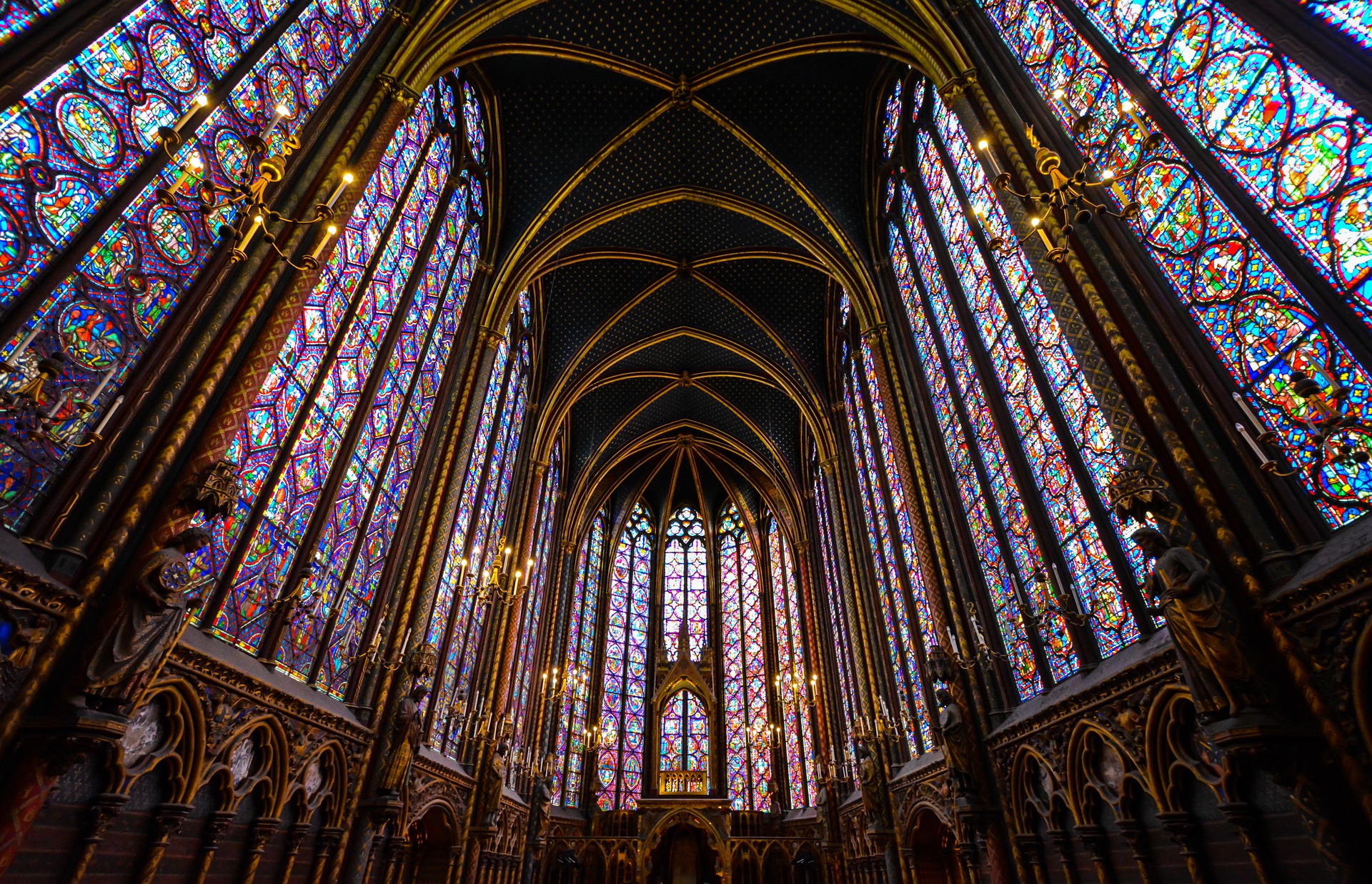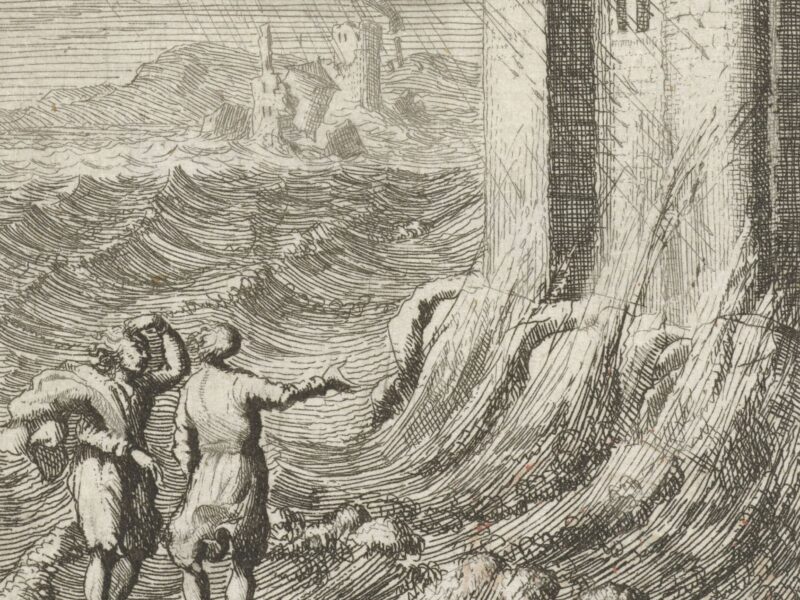
Our Surroundings
Scripture invites us to consider how Solomon’s surroundings led to his downfall. We can learn from this episode by being attentive to how our surroundings affect our moral and spiritual life.
Reading: 1 Kings 11:4-13
This homily was delivered to the student brothers at compline. You can listen here or read below:
There’s a well-known species of lizard that is native to some parts of Africa, Europe, and Asia called “Chameleon.” Many Chameleons have a tongue that is longer than their own body, they have eyes that can move independently of one another, and they can camouflage by changing their color to match the color of their surroundings. They come to look like their surroundings.
Now, I suggest that each of us is a chameleon. We are all chameleons because we all come look like our surroundings. For example, when your kids go to school, they take on the attributes of their classmates: the interests, the attitudes, the swear words, the good, the bad, and everything in between. Children are chameleons. And you don’t lose your inner chameleon when you grow up. It’s the people we hang out with, the movies we watch, the videos we watch, the news we watch, the books we read, the music we listen to. We become similar to the things that surround us. The ancient philosopher Boethius said that the kind of music you listen to is the kind of soul that you will come to have. So, if you listen to beautiful music, this can give you a beautiful soul.
Of course, there are people who try to be non-conformists: “I will not be influenced by my surroundings, I will be a non-conformist.” But actually, these people are often just imitating the other non-conformists. They’re conforming themselves to the non-conformists.
We are creatures of assimilation. We cannot avoid becoming like our surroundings. But there is something we can do. We can decide what our surroundings our going to be. We can decide what we will surround ourselves with. And then, our surroundings will change us to become like them.
Now, Solomon, in all his wisdom, was not wise enough to know the simple truth that we are chameleons. Or, if he did know it, he didn’t act on it. Because what did Solomon surround himself with? He surrounded himself with seven hundred wives. Polygamy is bad enough as it is. But he surrounded himself with pagan wives who worshiped false gods. And as he brought in these wives, he probably thought to himself: “You know, I’ll be okay. I have a strong will. I can surround myself pagan wives and still not fall into idolatry.”
Wrong he was. Solomon’s inner chameleon took over. He became like his surroundings. He fell into idolatry and then he built shrines to the pagan gods.
So watch out. This can happen to you and me. It’s like saying, “I have a strong will, so I can surround myself with chocolate without actually eating it.” Or (more seriously), “I have a strong will, so I can surround myself with gossiping people without actually gossiping.” And then we realize that resisting temptation is harder than we thought it would be. So what do we surround ourselves with?
Our inner chameleon can be an enemy, but it can also be a friend. When we surround ourselves with virtuous people, this can help us to become virtuous. And you know when you walk into a very Catholic house and you’re surrounded by statures of Mary, and crucifies, and icons of the saints? What does my inner chameleon do when I walk into a Catholic house, or when I walk into a beautiful church, or when I listen to beautiful liturgical music? I start thinking spiritual thoughts. I start thinking about heaven. And when we come to mass, when Christ becomes present on the altar, the throne of God is here, we are surrounded by invisible angels and saints, and if we are attentive, we will be changed to become like the deep glory which surrounds us every time we come to mass.
When we put ourselves into the presence of Christ, “Christ above me, Christ below me, Christ behind me, Christ before be,” we become like Christ. We look upon Christ the living bread, we assimilate Christ in the Eucharist, and our soul is changed into the shape of Christ. We assimilate Christ as Christ assimilates us, as he says “he who eats my flesh and drinks my blood abides in me, and I in him.”
So, my fellow chameleons, my fellow creatures of assimilation, let us approach the throne of God.



Jacinta Teixeira
The use of the analogy of the chameleon is so powerful and true. It reminded me of an experience I had over forty years ago with a niece of mine who was aged about three and a half years ago. While visiting my Mom’s house I took Sarah into the garden to to try and spot a chameleon which we could not find in the roses since they had relocated from a hedge of petersporen to the rose garden after the hedge had sadly died. When we could not find a chameleon she turned me and said: “oh the chameleons must be camouflaging.” And amazed at her answer I asked her: “and what does that mean?” Her reply was: “they change colour to hide from us.”
Veronica Adsetts
An interesting thought fellow chameleon but are we not also called to “put on Christ” and go out into the ‘market place’